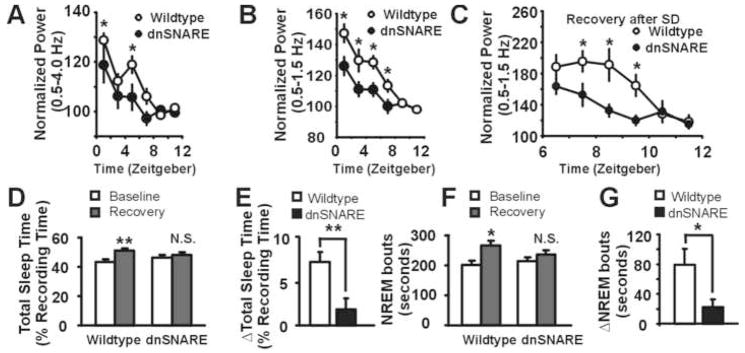Figure 2. Gliotransmission is essential for sleep pressure accumulation.
(A) SWA (0.5–4.0 Hz) during NREM sleep across the light phase is decreased in the dnSNARE animals (n = 7 animals) compared to their wildtype littermates (n = 8 animals). (ANOVA, p<0.002, F=10.413, posthoc test, *, p < 0.05). (B) low-frequency SWA (0.5–1.5Hz) is reduced across the light phase in the dnSNARE compared to wildtype animals. (ANOVA, p<0.001, F=21.247, posthoc test, *, p <0.05). (C) Following sleep deprivation (SD), low frequency SWA is decreased in the dnSNARE animals (ANOVA, p<0.001, F=7.911, posthoc test, *, p < 0.05). (D) Sleep deprivation increases TST in wildtype (n = 9) but not dnSNARE animals (n = 8) during an 18 hour recovery period compared to a baseline period **, p < 0.001. (E) The increase in total sleep time (TST) after SD over the 18 hours of recovery in the dnSNARE is blunted when directly compared to wildtype animals (unpaired t-test, **, p < 0.01. N.S., non-significant).. (E) Sleep deprivation causes an increase in NREM bout durations in the subsequent 18-hours of recovery in the wildtype animals *, p < 0.05. The increase is not statistically significant in the dnSNARE. (G) When compared directly, the increase in NREM bout duration is blunted in the dnSNARE compared to wildtype animals *, p < 0.05.

